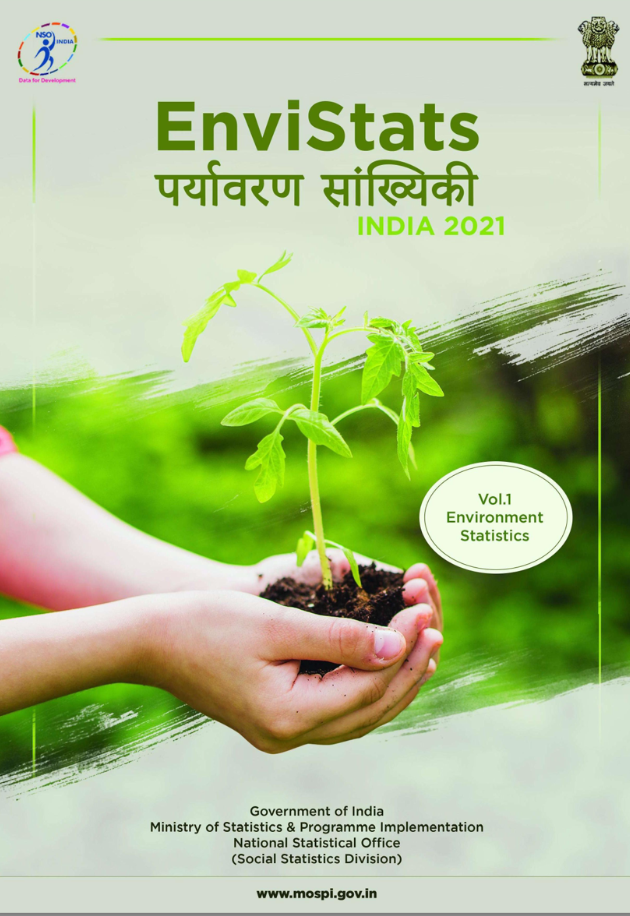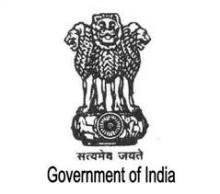Resource information
Environment statistics enumerate various aspects of the environment and human interactions with it. The scope of environment statistics encompasses all dimensions of the environment, be it Earth, Water or Air, the biotic and abiotiv matter found within the natural environment, and various concerns arising out of impacts of human footprints on it. The objective of environment statistics is to provide information about the environment, its changes over time and across locations, and the main factors that influence them. Ultimately, envirnemnt statistics aim at providing statistical information to improve knowledge of the environment, to support evidence-based policy and decision making, and to provide information for the general public, as well as for specific user groups.


